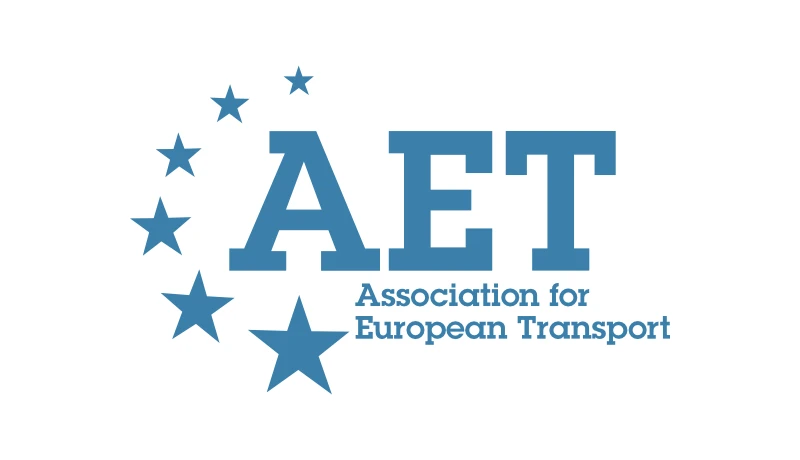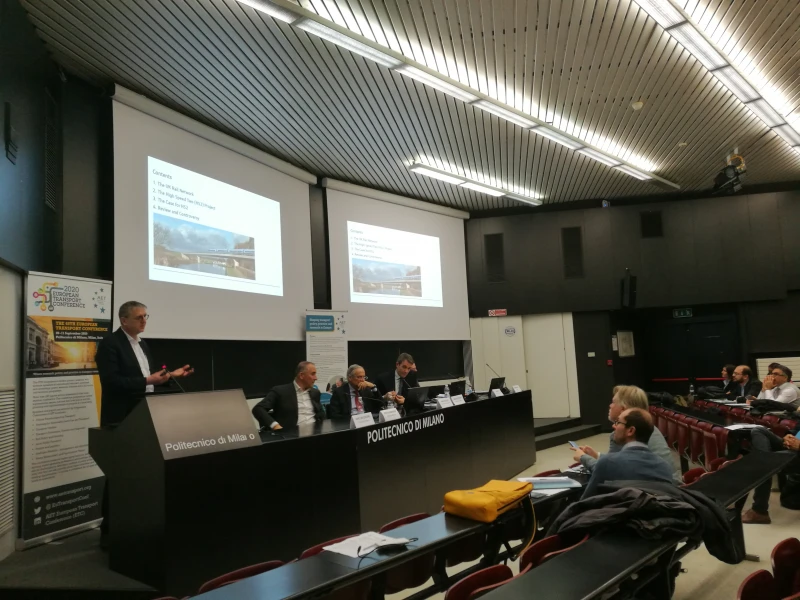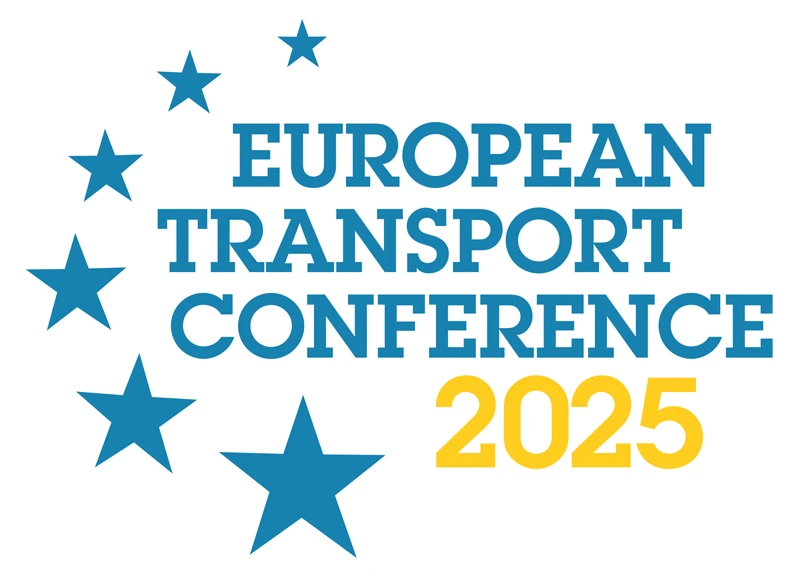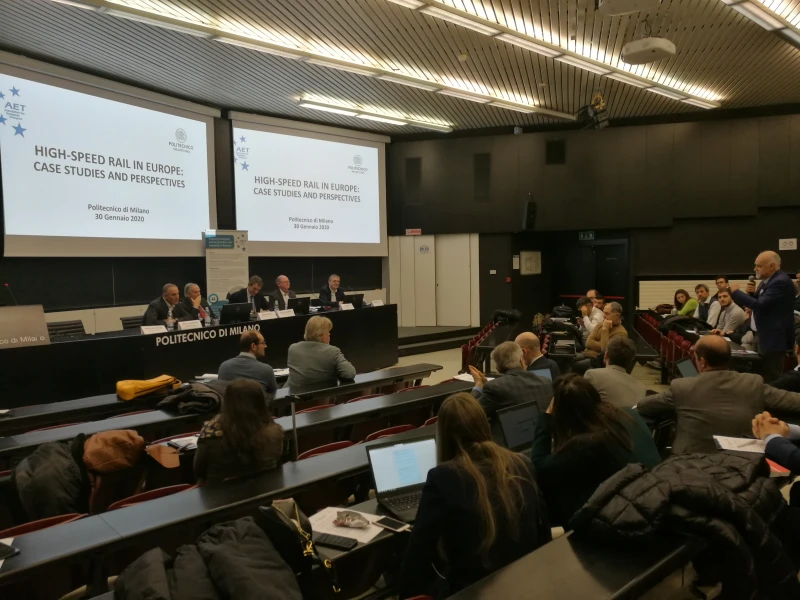-
Past ETC Papers
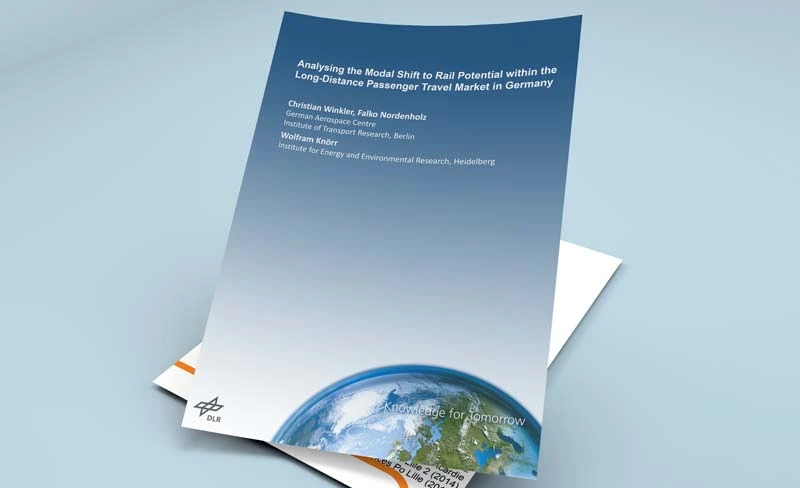
Browse, search and view papers from the past AET Conferences.
-
Members' Area
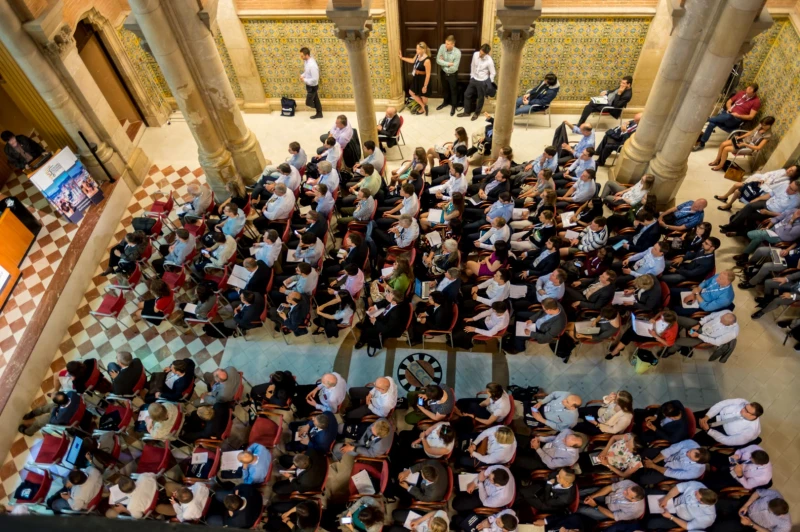
AET promotes networking and exchange of ideas, information and opportunities amongst members.
Conference Papers 2023
Milan, Italy
ETC Conference Papers 2023
'Text me when you get home!' Research on the safety of women and girls on public transport in Scotland.
Seminar
Day 2 (7 Sep 2023), Session 5, Inclusivity, 12:00 - 13:30
Status
Accepted, documents submitted
Submitted by / Abstract owner
Paul Sloan
Authors
Suzanne Motherwell
Catherine Heeney
Paul Sloan
Short abstract
The paper presents new research by Transport Scotland exploring personal safety issues on the Scottish public transport system, including an in-depth qualitative study with female transport workers, and women and girls accessing public transport.
Abstract
Transport Scotland have undertaken a programme of work on this issue in the specific Scottish geographic and economic context. The paper explores the key findings from three research strands focussing particularly on the in-depth qualitative study with female transport workers and women and girls using the Scottish public transport system.
From a review of existing evidence it was evident that there was a lack of Scottish specific data - both quantitative qualitative data – on the impact of personal safety on women and girls’ mobility to access services, educational and employment opportunities.
Therefore, Transport Scotland undertook a mixed methods research project, using existing survey tools to ask a small number of high level questions about safety on public transport, before carrying out a larger qualitative research study designed to capture detailed personal testimony on the experiences of women and girls using public transport, and female transport workers, a voice that was missing from the literature. The qualitative study combined one-to-one interviews with women and a focus group with girls. A total of 35 women and girls from a diverse range of backgrounds took part, ranging in age from 14 to 86 years old.
Key Findings
Headline analysis from the survey research showed that women continue to feel less safe than men on public transport, and this influences their mobility.
The qualitative research provided scope to explore this issue further, highlighting that public transport was seen as an essential and affordable way for many to achieve independent social mobility. Unanimously, women felt safer travelling in the day rather than at night or in the dark.
Most participants described feeling the need to maintain a constant state of ‘vigilance’. Alcohol and drugs were seen to fuel much of the inappropriate behaviour that women and girls were exposed to and caused anxiety due to how unpredictable others became as a result. Women and girls also expressed explicit concerns and previous experiences of being the targets of inappropriate comments that were sexual in nature and unwanted attention from male passengers, including feeling that their personal space was being violated. Female transport workers were those most likely to report previous incidents of unwanted physical contact or assault from men.
Previous personal experience, the experiences of others, word of mouth, stories in the media (including social media) and warnings from other people about the dangers of travelling alone/at night all influenced perceptions of safety and associated behaviours. Overall, women and girls feeling unsafe when using public transport was described by many as ‘the norm’ with all respondents speaking of making at least some modifications to their travel behaviours as a result of feeling unsafe.
Numerous self-protection strategies were reported by women to help them feel safer (e.g. not travelling alone, or at night, avoiding routes and using taxis or private transport, especially late at night.) While women seemed to accept that this was typical behaviour, most expressed that there was also significant scope for others (i.e. authorities) to take practical measures which would enhance their feelings of safety further.
Mixed views were also expressed about the usefulness of technologies such as CCTV in relation to perceptions and experiences of safety for women. Some felt this was helpful, while others felt CCTV had limitations, including: whether it was connected/working and that it merely recorded incidents rather than preventing them.
Increased staffing and or police presence at points of boarding and interchange, as well as aboard vehicles was seen as something that would add significantly to women’s sense of safety and may also lead to an uptake of public transport use at night. Training around personal safety for transport workers appears to be irregular and inadequate. It was stressed that public campaigns needed to give the right balance of information without victim blaming and resting all responsibility on women and girls.
The research identified 10 recommendations focussing on the role of operators, police authorities and other stakeholders to take action and tackle the issues identified in the research. The research, while not without limitations, showed that much needs to be done to improve the experience of women’s and girls’ personal safety when using public transport in Scotland. Women and girls are already shouldering significant responsibility for adapting their behaviours to try to ‘be’ and to ‘feel’ safe when travelling on public transport, but that wider systemic change, supported by more practical interventions is required to enhance safety further and give women and girls a greater sense of freedom to maximise the opportunities afforded by public transport travel.
Programme committee
Global Trends Impacting Transport
Topic
Transport equity – enabling inclusiveness in travel in diverse societies
Documents:

Association For
European Transport
Forester House
Doctors Lane
Henley-in-Arden
Warwickshire, UK
B95 5AW
+44 (0) 15 64 793552
VAT number: 710 1866 64
Conference Supporters & Endorsers

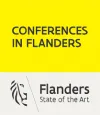


Legal Entity
The Association for European Transport is registered as an Association ('vereniging') with the Chamber of Commerce for Haaglanden in The Netherlands under company number 27170096.
Built on Zenario

